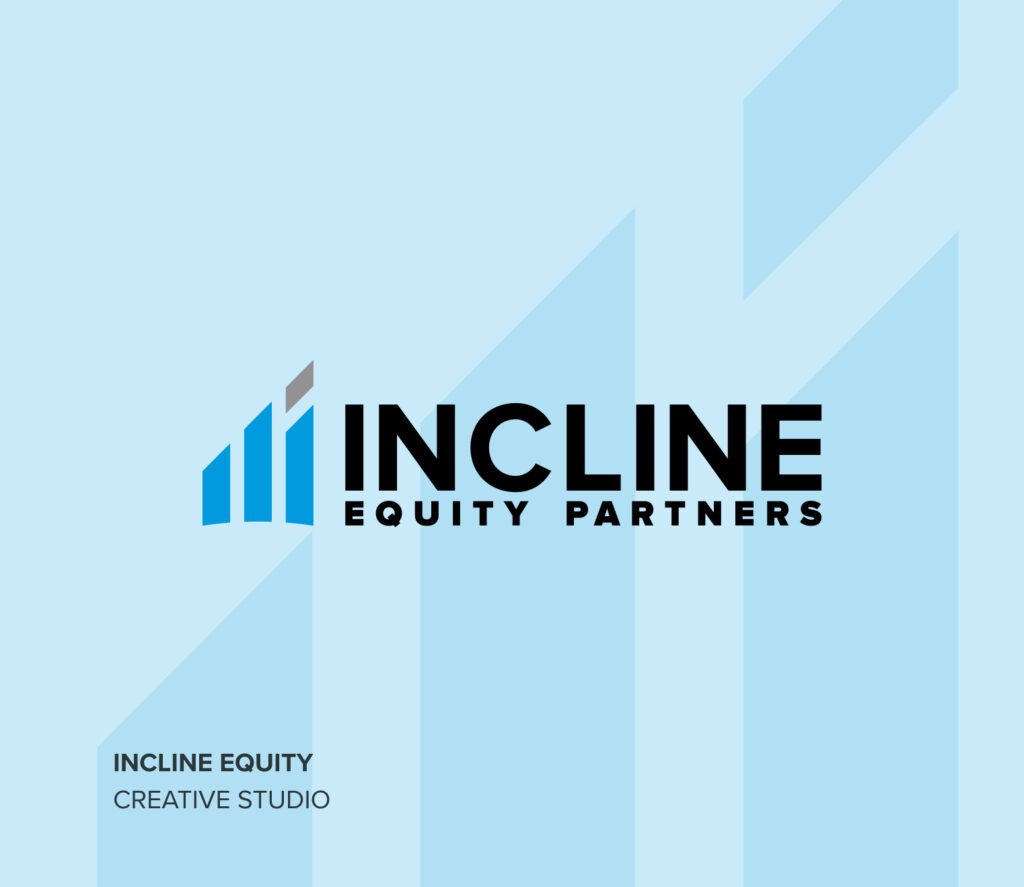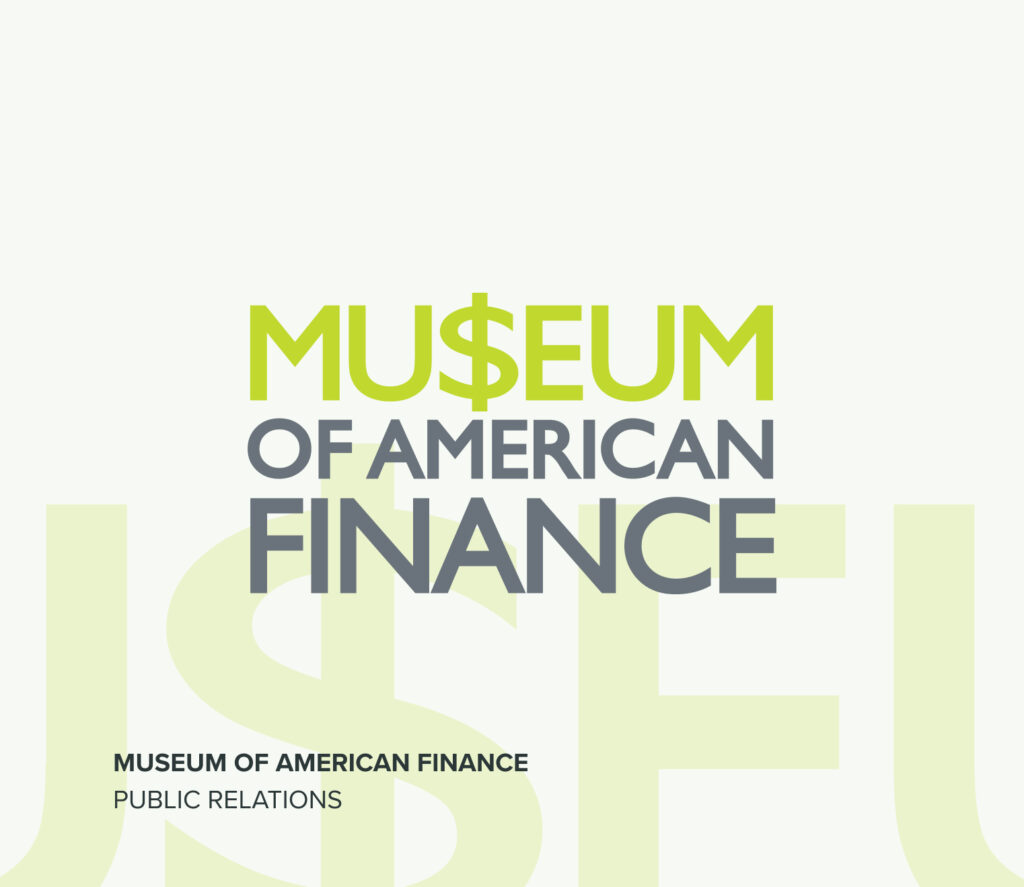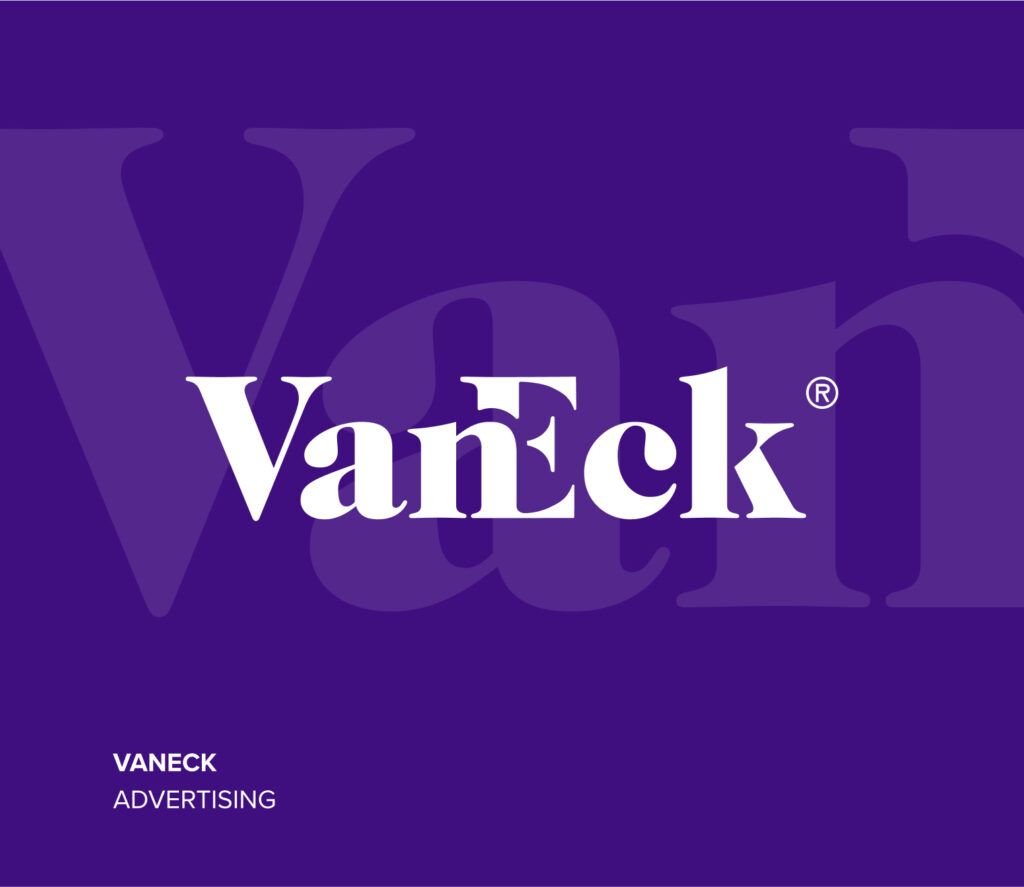Being customer-led sounds obvious but is rarer than we all might think, according to the new book The Customer Copernicus: How to be Customer-Led.
In our latest Breakfast & Brainfood session, we chatted with the book’s co-author Charlie Dawson, along with Pernille Sahl-Taylor, UK Chief Communications Officer for Handelsbanken – a business featured within the book.
The session kicked off by exploring what being customer-led really means. Charlie’s conjecture is that most organisations will say it is important, but the reality of how they run their business doesn’t prioritise it. He believes that being customer-led means truly understanding what customers need and value – not just what data tells you or what customers are saying. It’s taking the time to understand their lives and values and how your organisation can solve their problems in new or better ways.
This is exactly what Handelsbanken has been putting into practice over the last 50 years. It is featured in the book as a model example of not just building, but also sustaining a customer-led approach. Handelsbanken runs a decentralised model with the philosophy ‘branch is bank’ and enables decision making at a local level.
This is based on a humanistic belief and trust in the individuals that work for them to do the right thing by their customers. The bank runs contrary to its peers with no sales targets, but has experienced significant commercial success with the most satisfied customers of its peer group across all six of its markets.
So how do you become customer-led and more importantly, how do you sustain it?
According to the book, you need a sense of ‘burning-ness’ which comes from pain, fear or ambition (in that order) with pain being the most effective! So you’re most likely to see an organisation pivot to be customer-led when it is underperforming or under threat and the management team sets itself on course to create major change. From there the success comes from having shared beliefs.
At Handelsbanken the shared beliefs are around doing what is right for the customer, even if it isn’t right for the bottom line today – because it will be over the longer-term. Those beliefs are intrinsic, mirrored in behaviours throughout the firm, and core to what drives success for the bank.
Those beliefs, translate into Moments of Belief, that reinforce the belief systems of organisations and bring teams together around the customer-led purpose. Whether that is Sky bidding for football rights to shift from bottom of the league to premier league, or EasyJet winning the battle of the budget airlines by creating seat reservations, these customer-led organisations create win-win scenarios.
So what can we, as financial services marketers and communicators learn from this approach, and do about it, today:
- Take time to get to know an organisation’s customers – spend time with them, understand their lives
- From there understand where the organisation can add value to those lives these aren’t insights the customers will tell you, but they are things you can do that can make a positive difference
- Challenge internal reward systems to ensure they are focused on creating customer-led outcomes
- Be cognisant of organisational language – EasyJet started talking about delayed customers not delayed flights, and it drove change
- Keep defying gravity, the pull to shareholder value and commercial targets is natural, as a customer-led organisation you need to continually challenge the natural pull.


